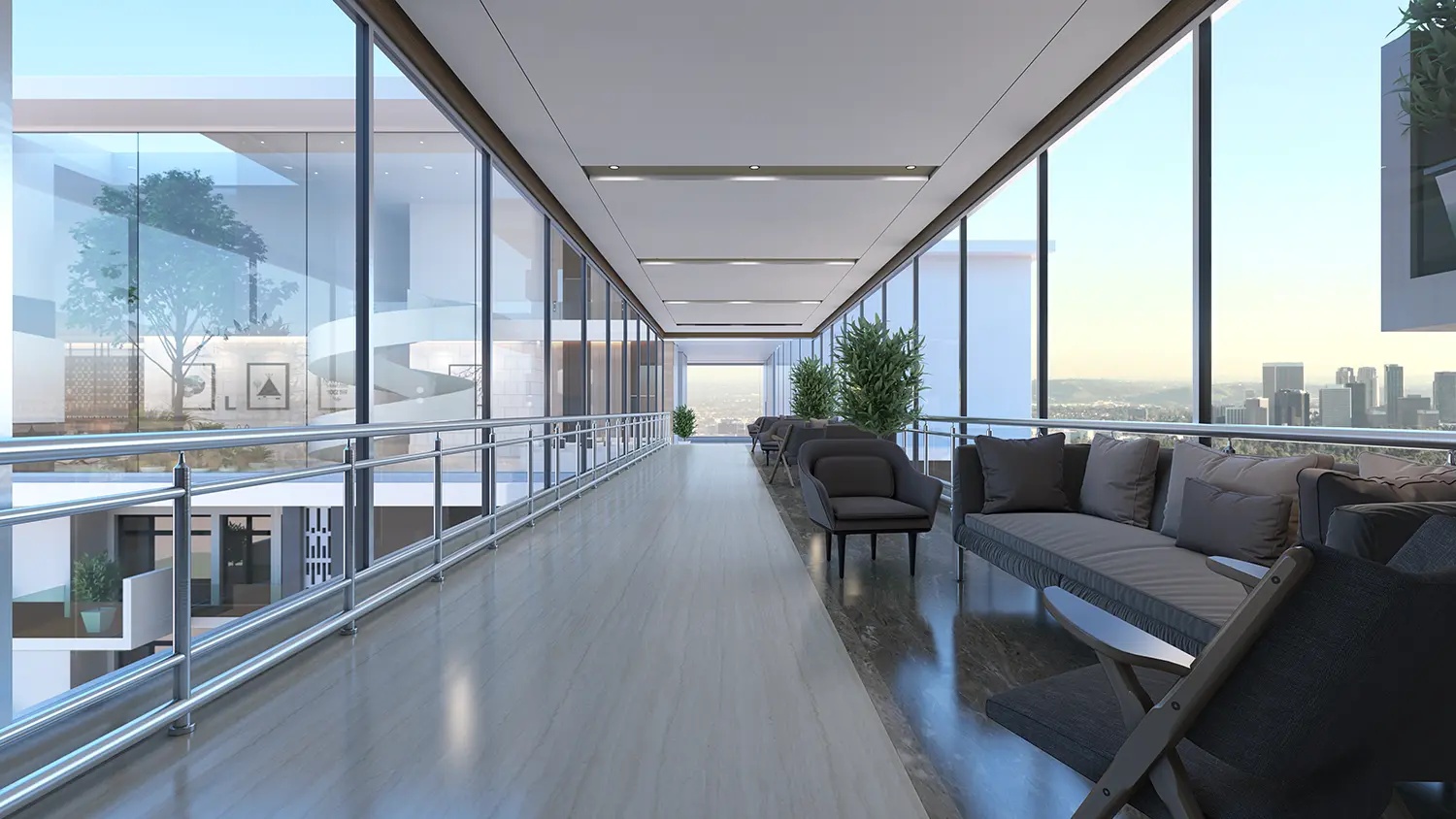
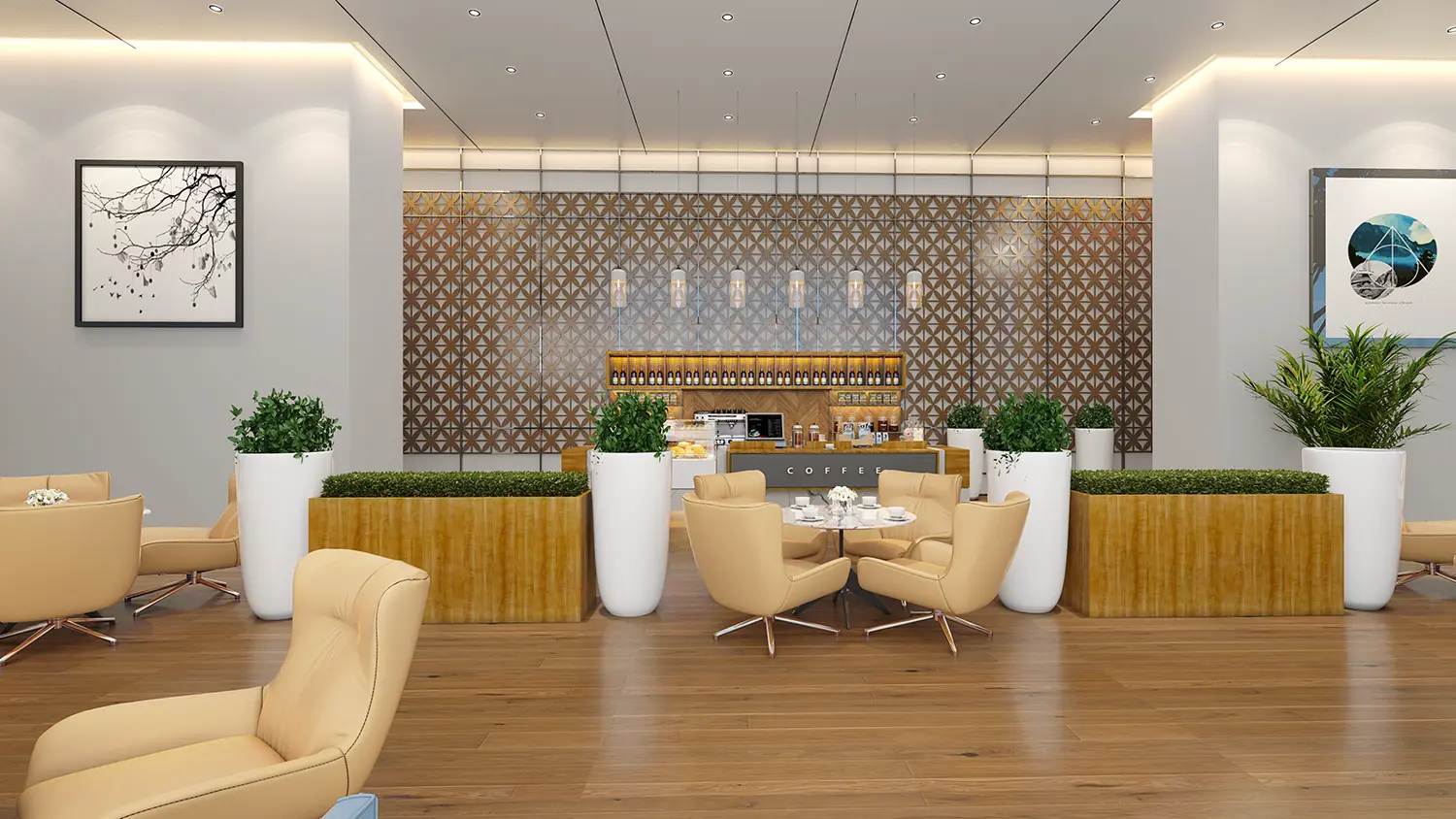
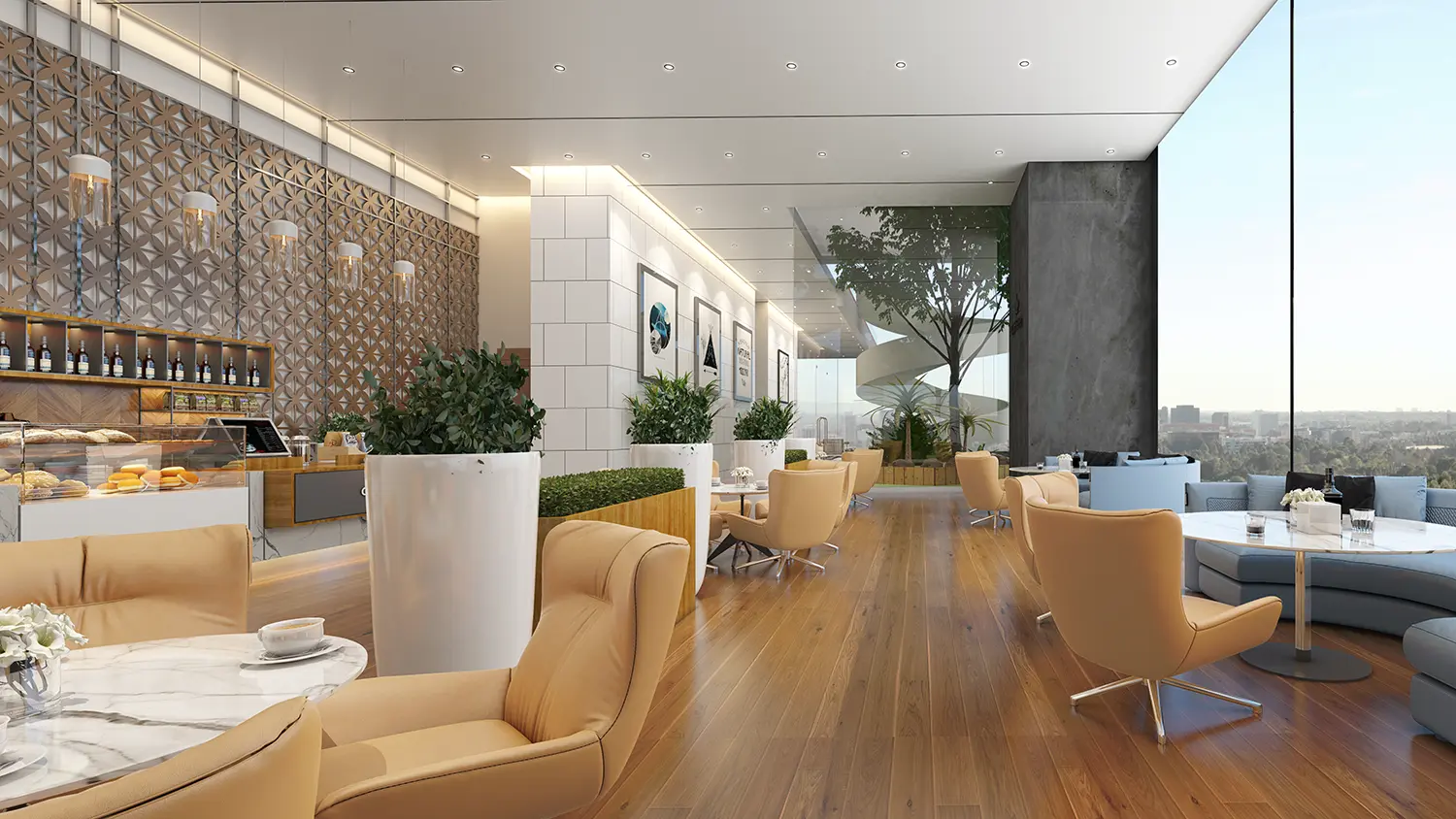
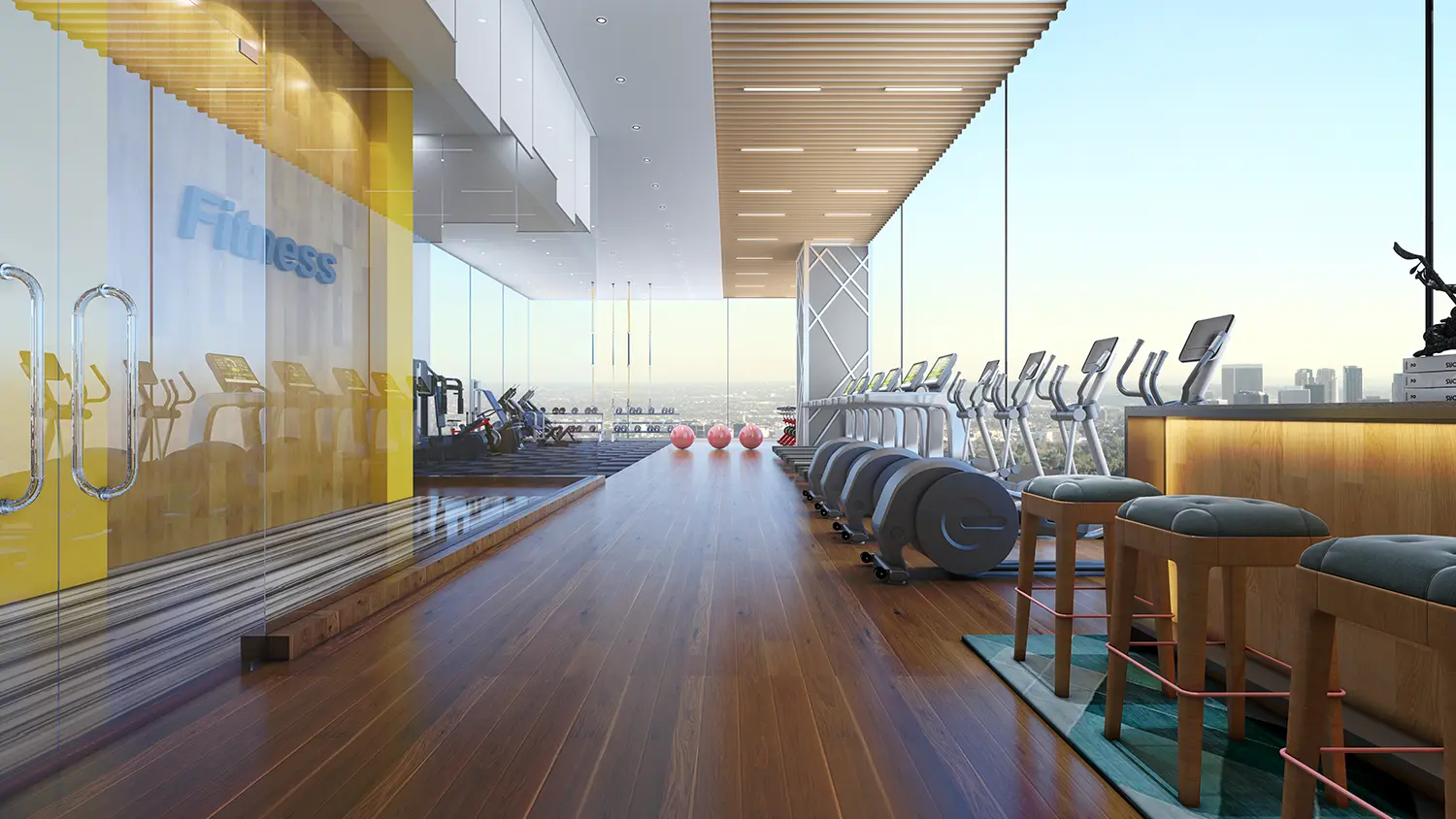
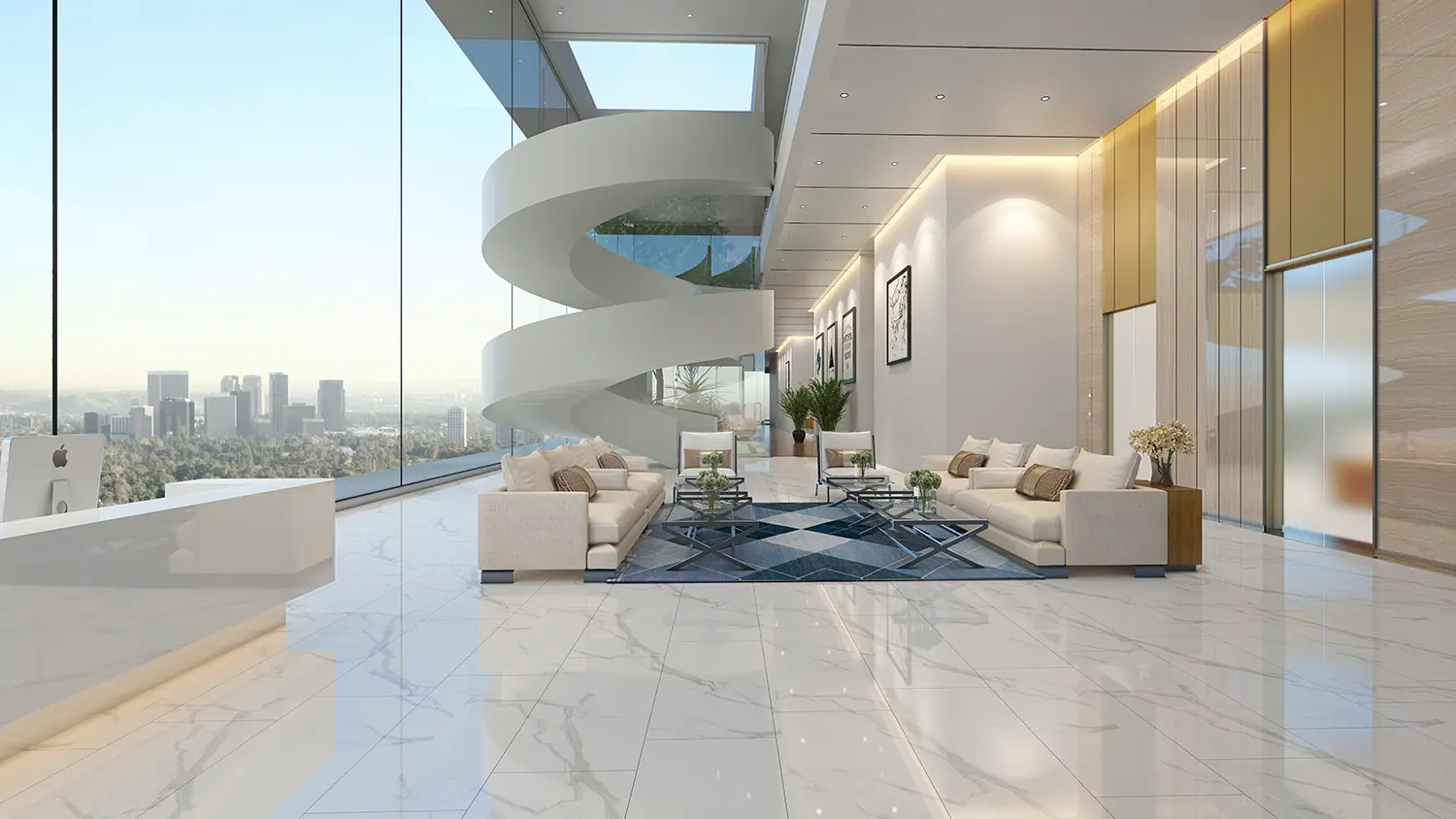
INTERIOR RENDERING SERVICES IN INDIA
Step into Enchantment: The Art of Interior Renderings
Interior rendering aren’t just about visuals; they’re a symphony of design finesse, meticulous texture, and the allure of ambient lighting.
At REPLICA, our 3D Visualizers are virtuosos in crafting the soul of residential and commercial spaces through stunning renderings.
But the true magic unfolds in our colour grading. Here, enchantment is born. Our mastery in colour harmonization creates captivating ambiences, charming viewers with their allure.
Embracing the forefront of rendering technologies and advanced computer graphics, we empower developers, architects, and realtors to not just save costs but leapfrog through developmental stages.
At REPLICA, step into spaces where beauty and functionality converge seamlessly.
Witness the alchemy of interior rendering, where each frame is a testament to artistry and where spaces transform into enchanting vistas. Welcome to the realm where imagination meets reality in stunning 3D

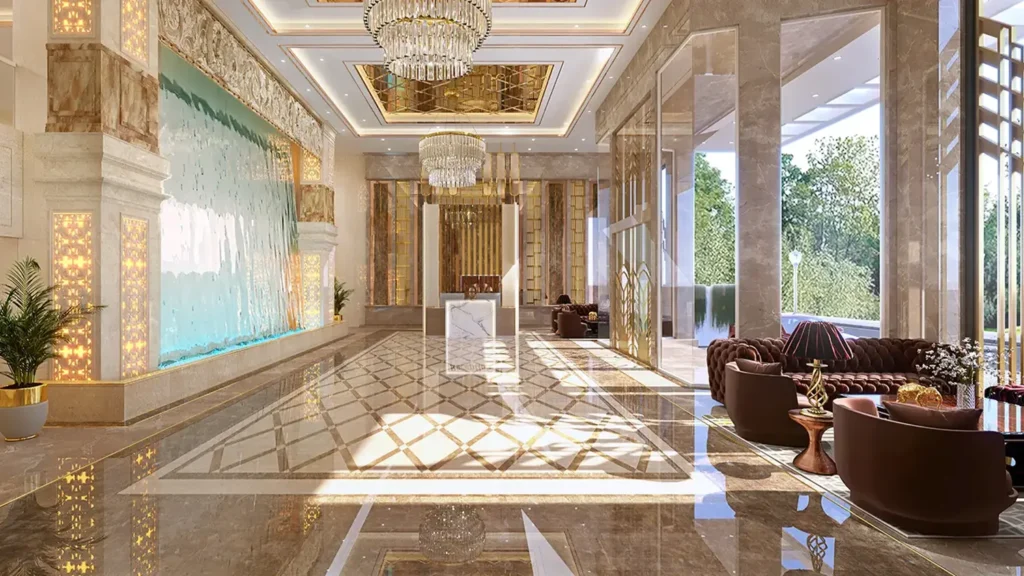
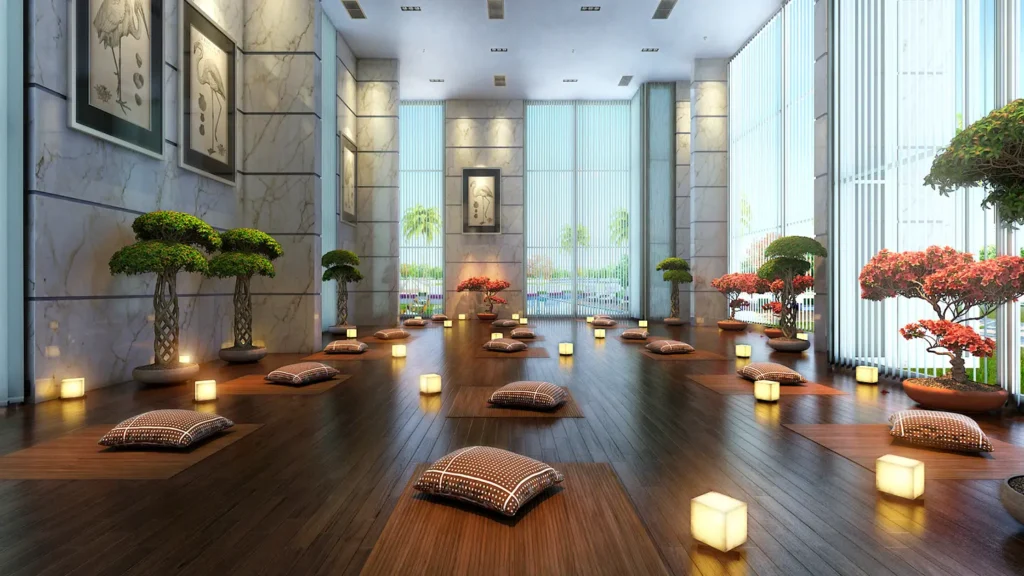
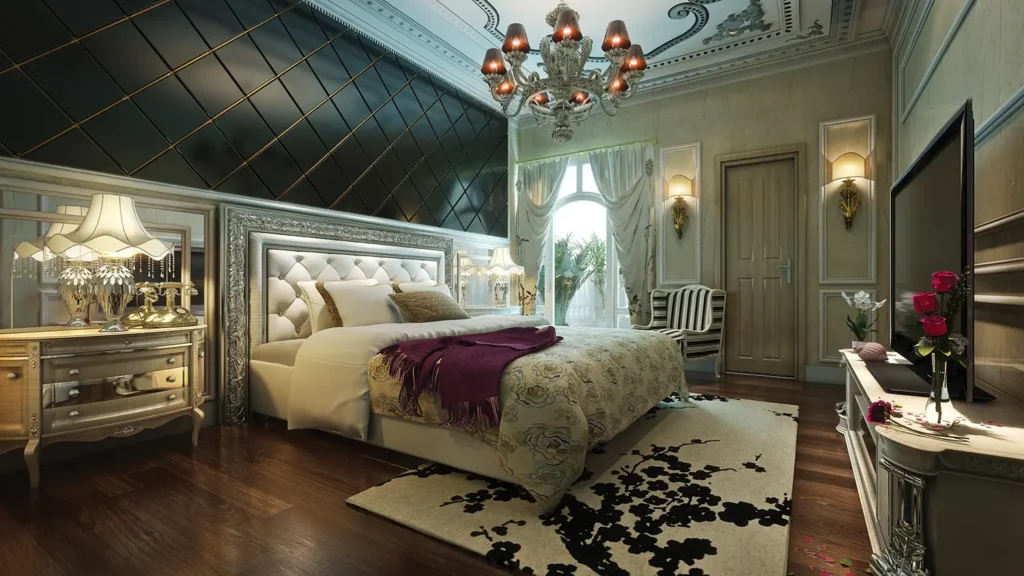
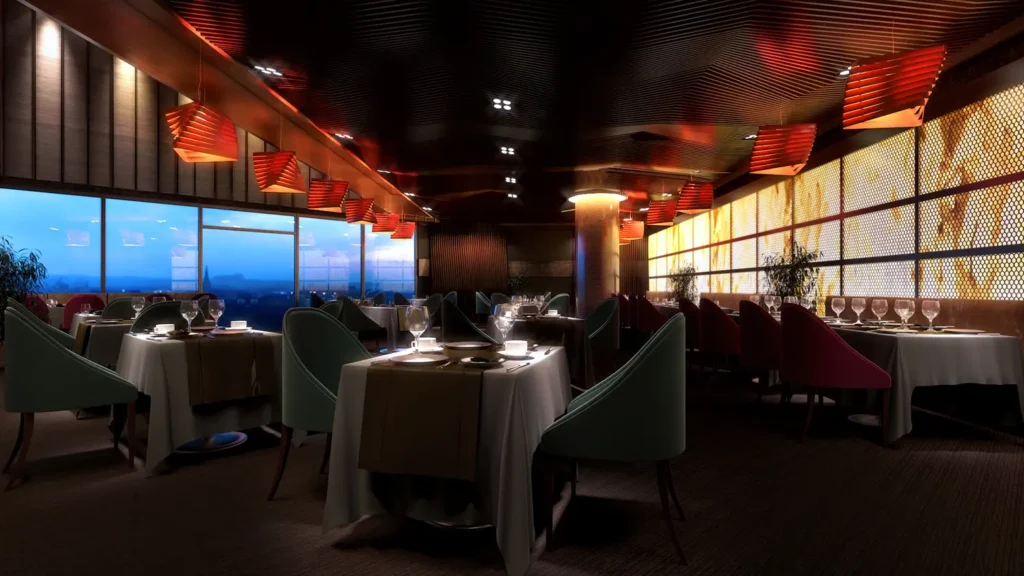
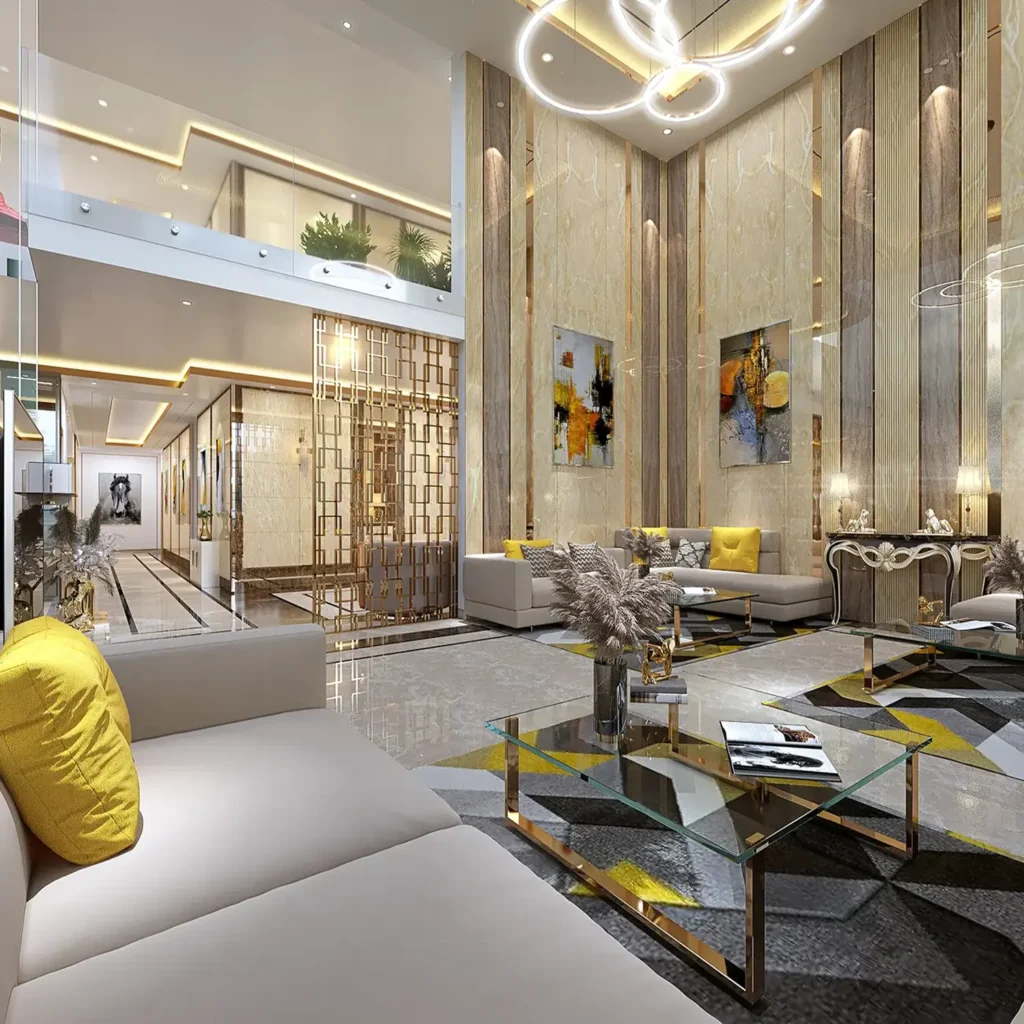
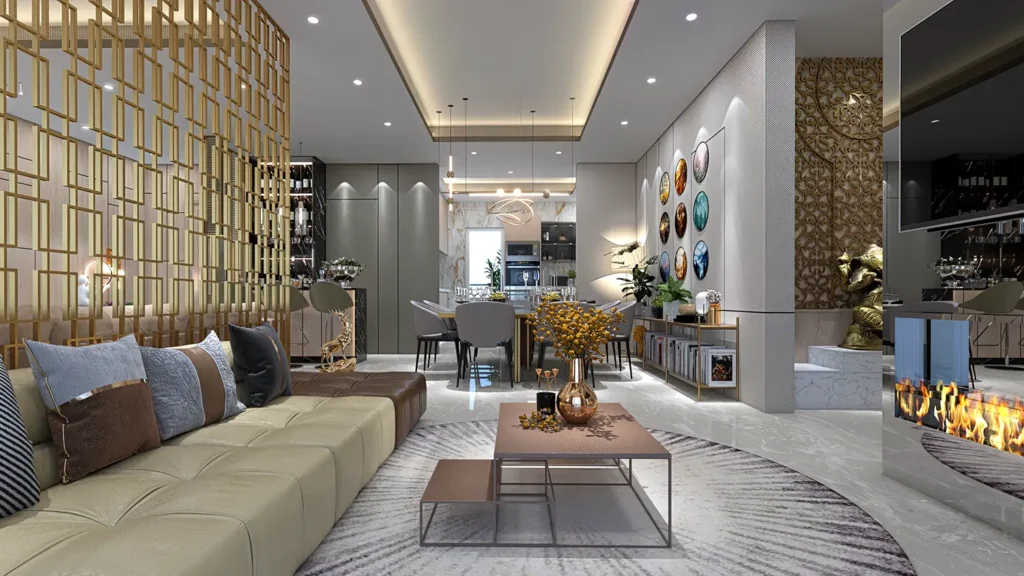
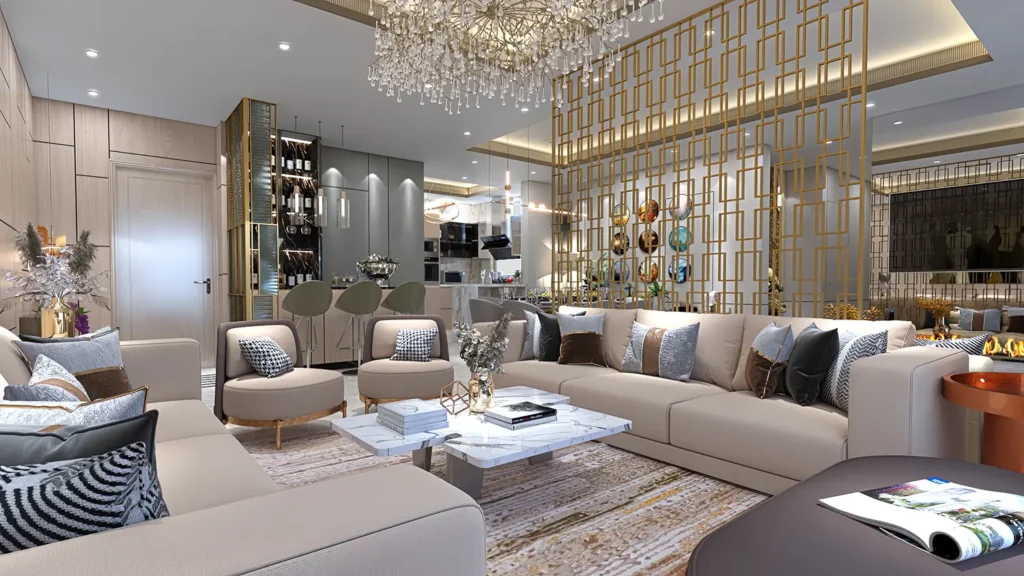

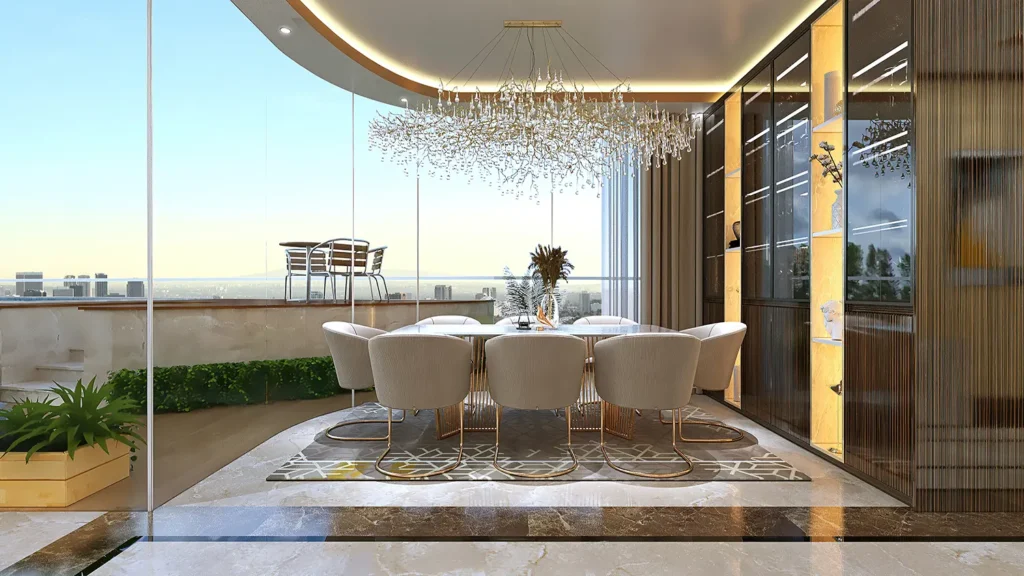
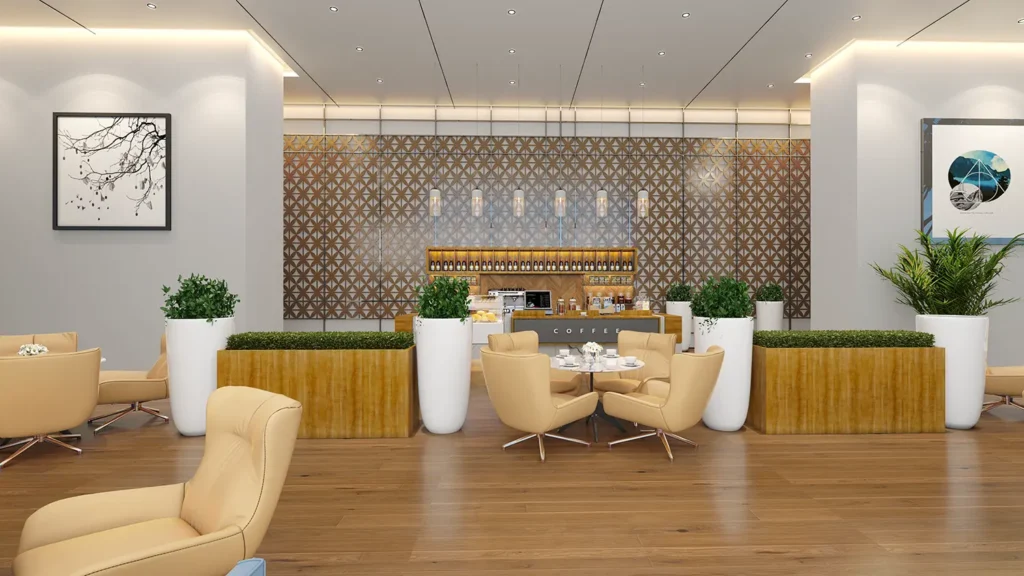
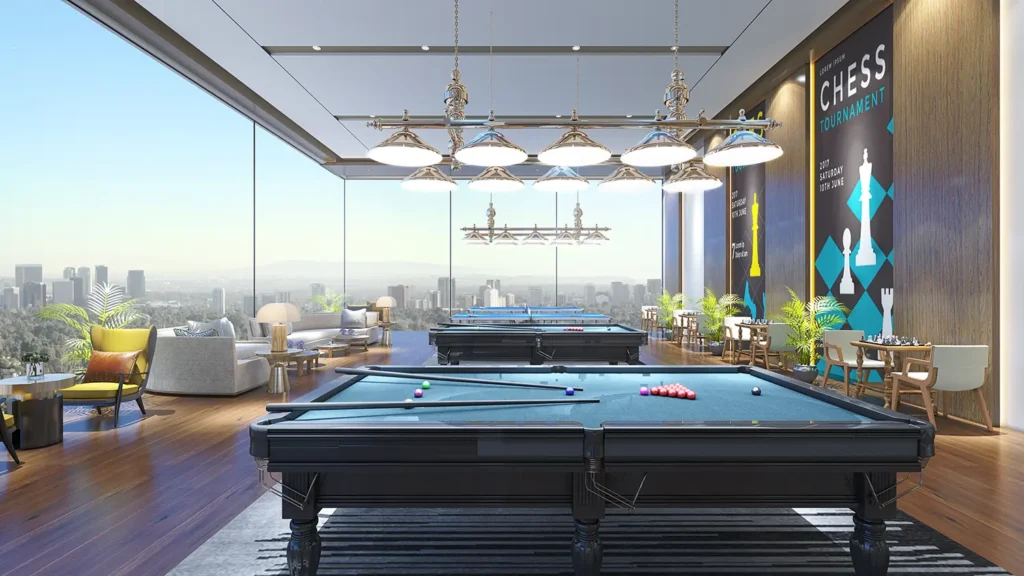
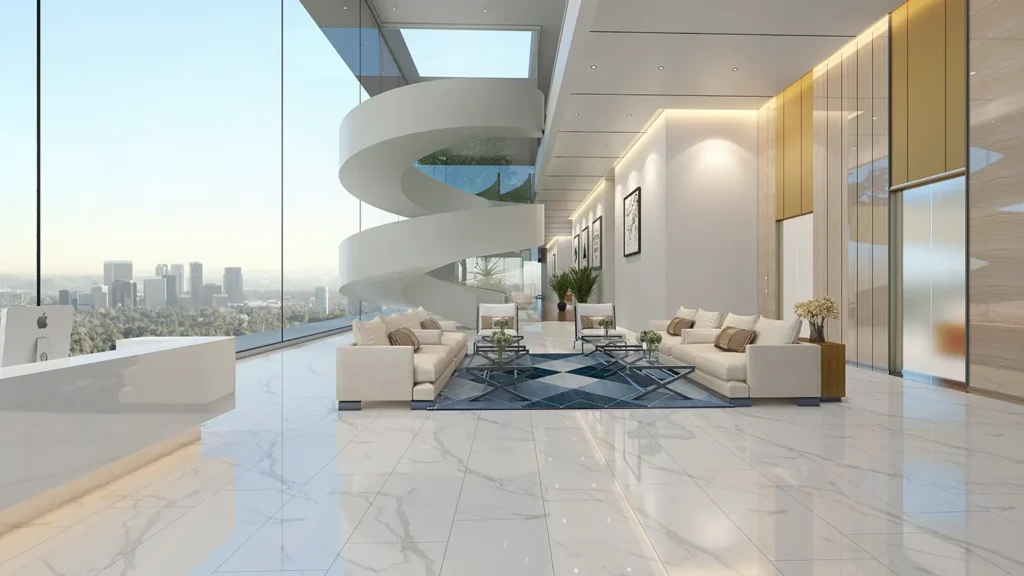
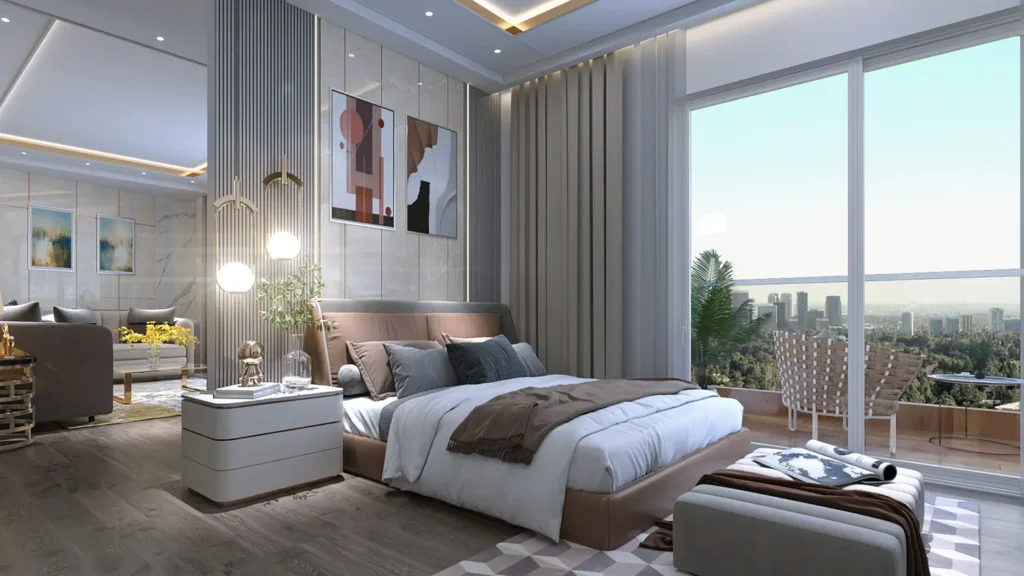
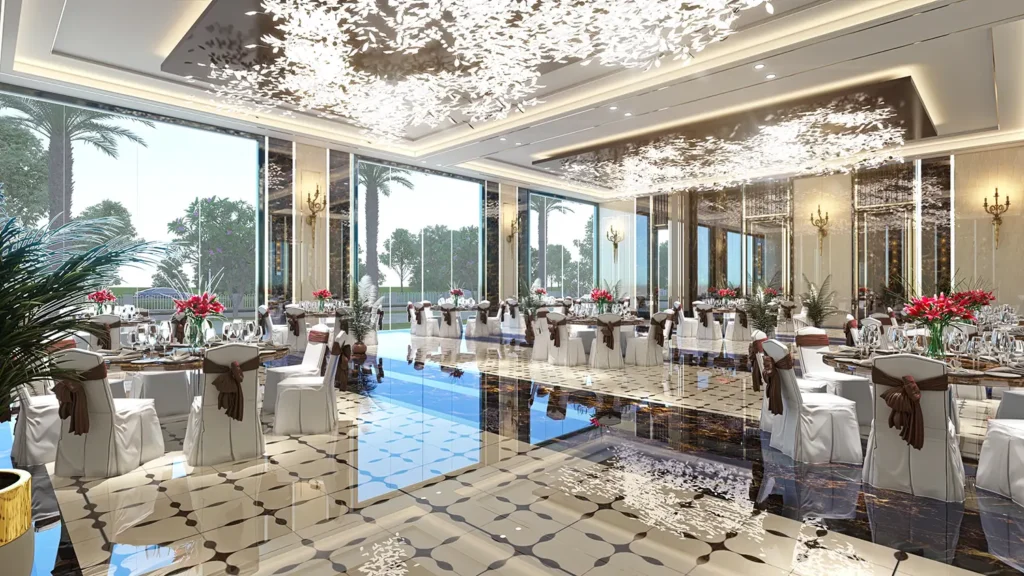

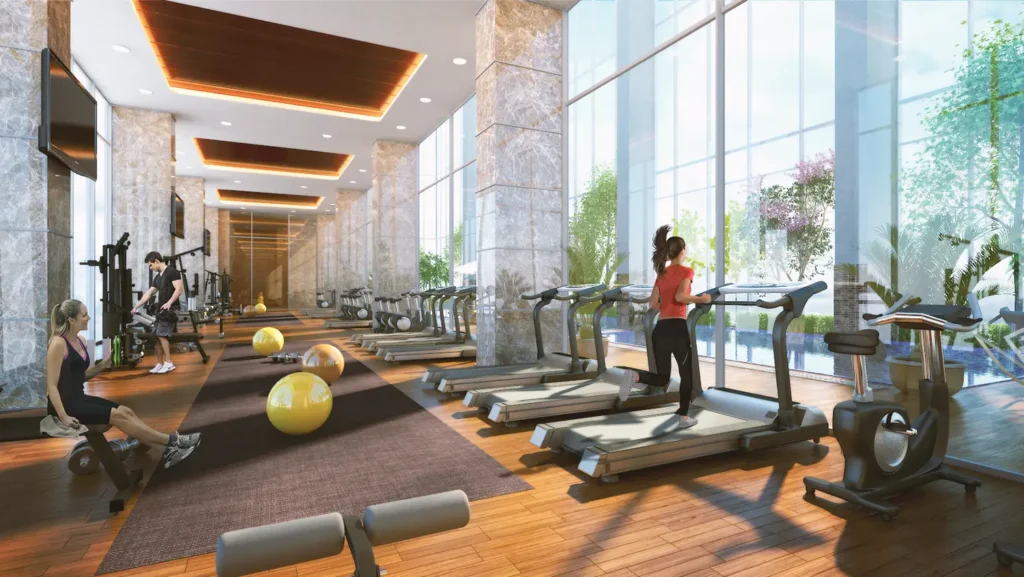
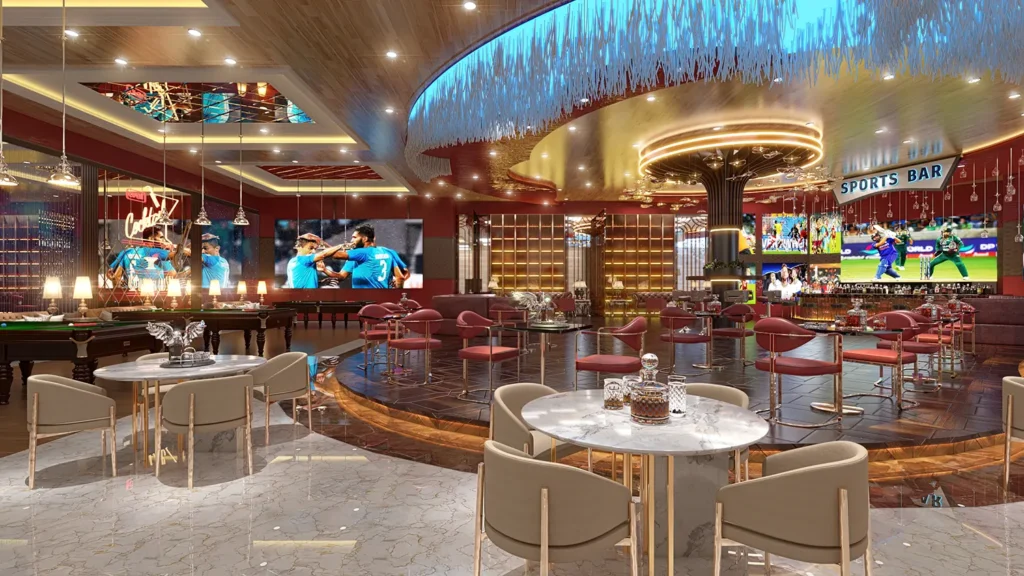
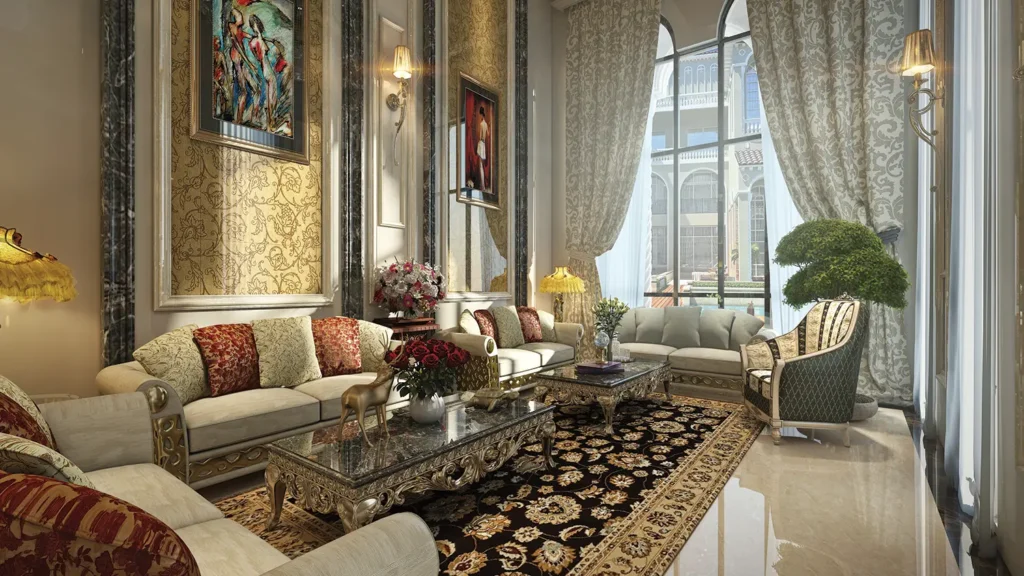
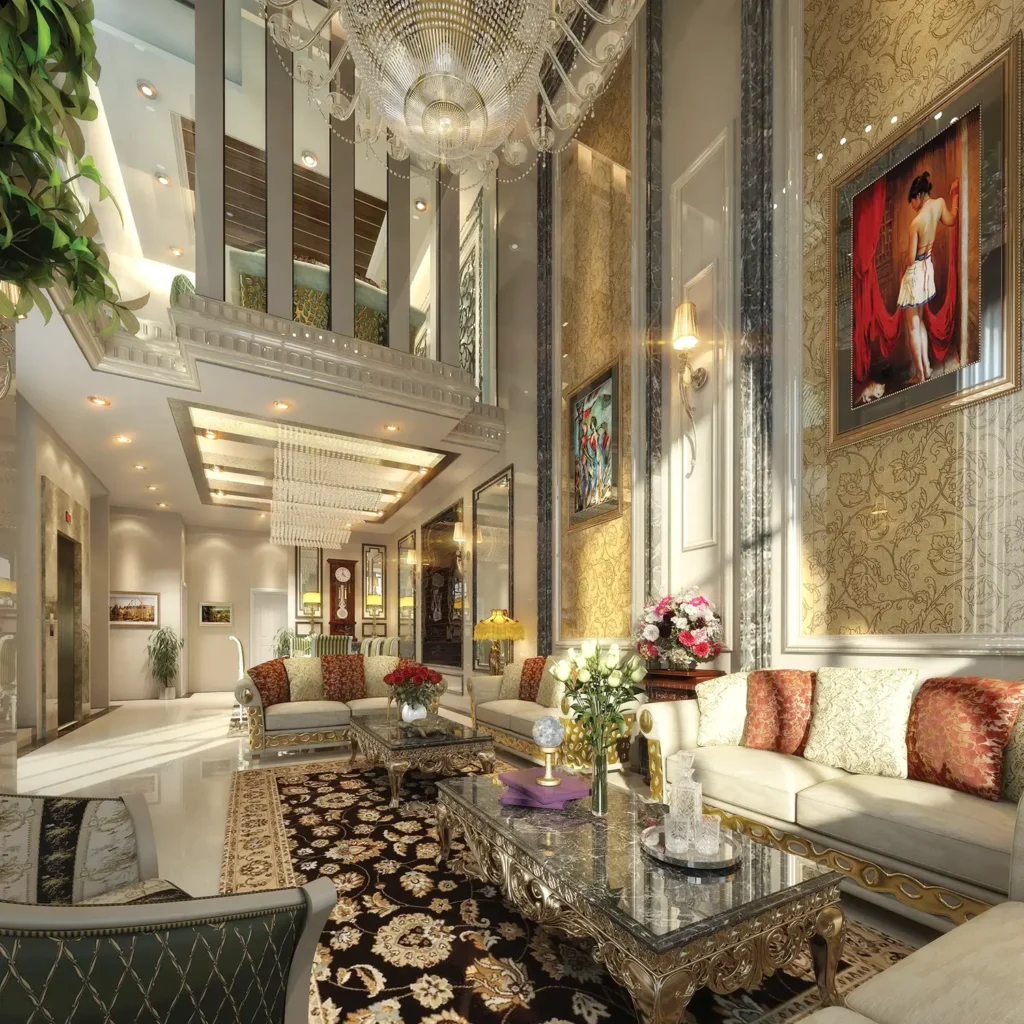
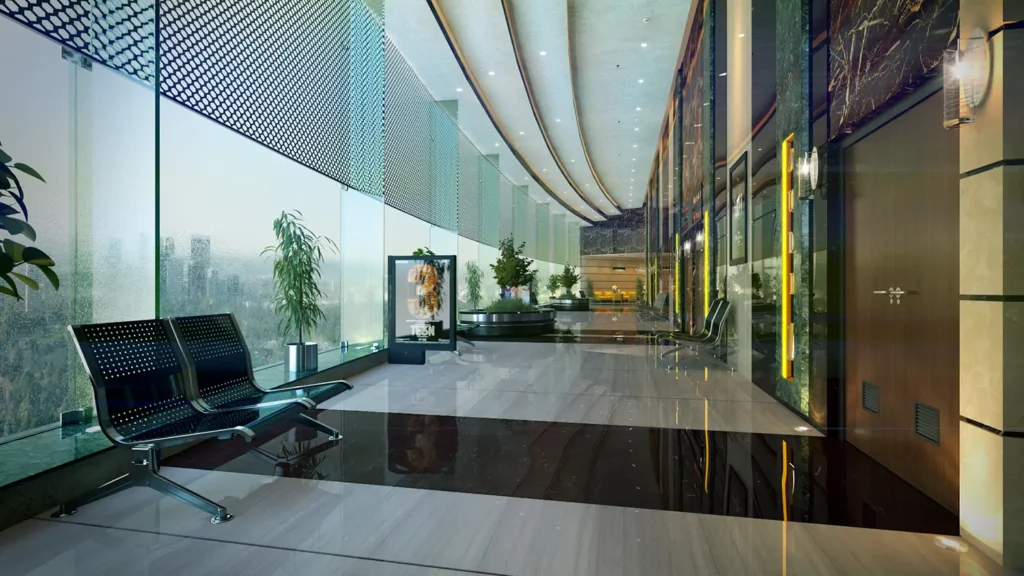
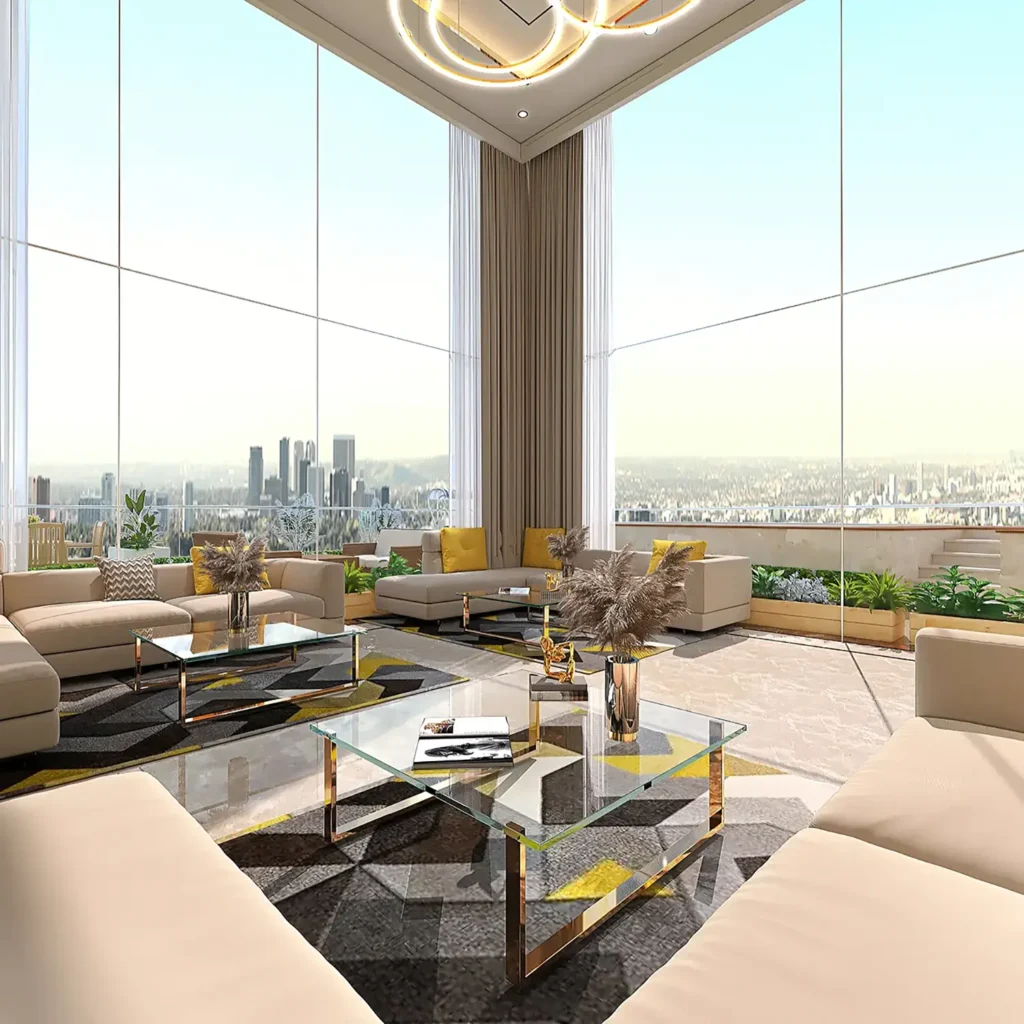
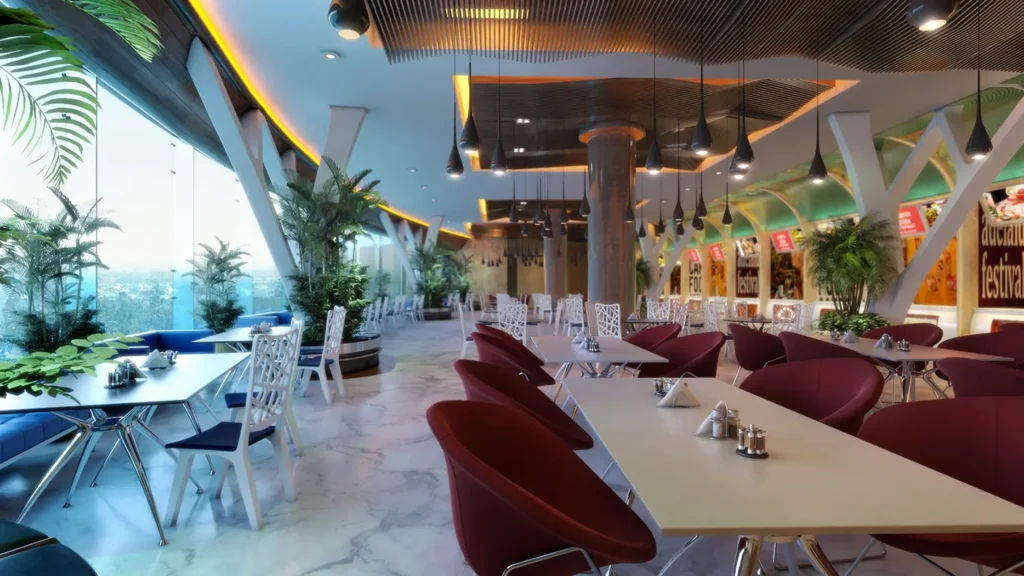
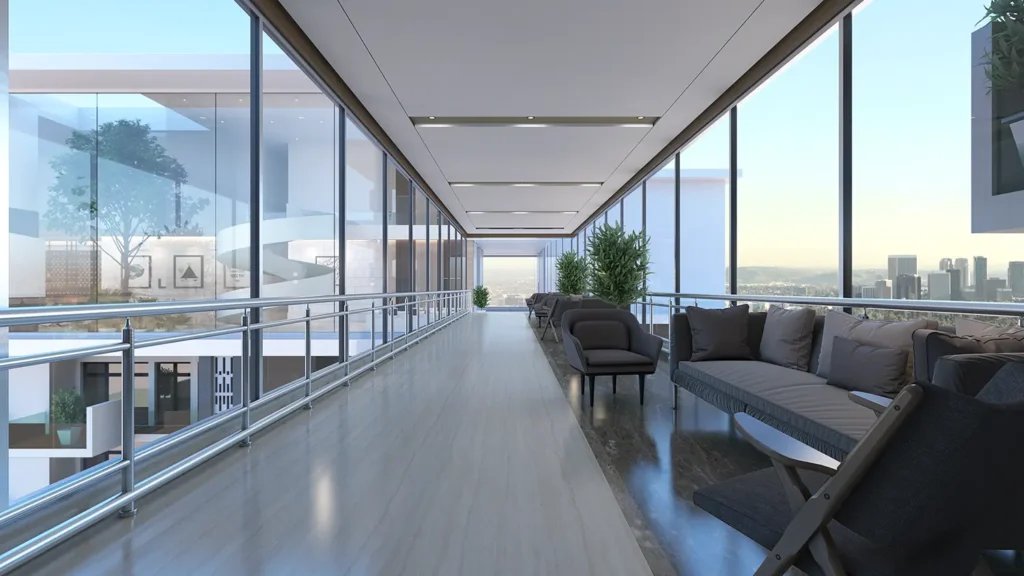

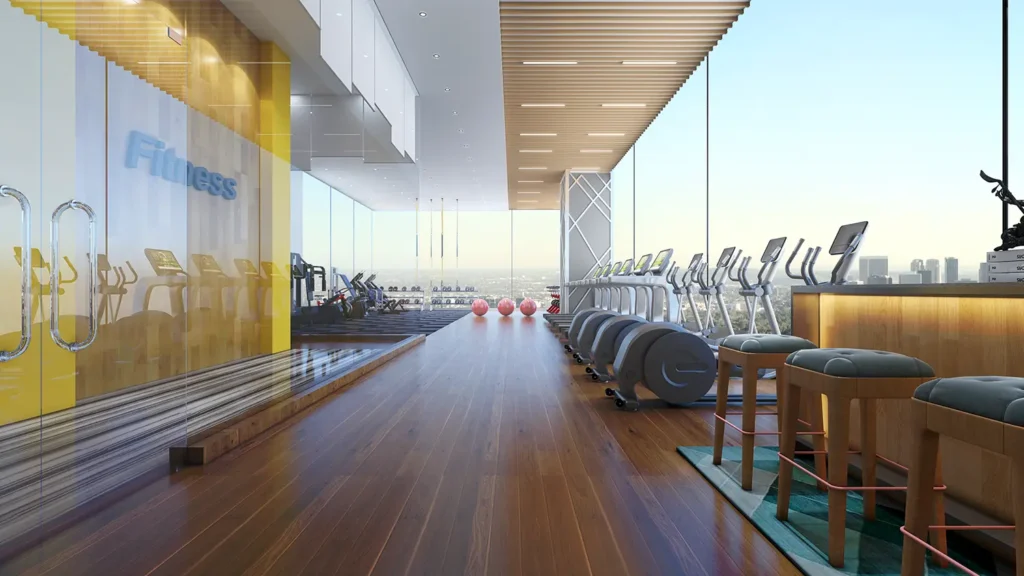

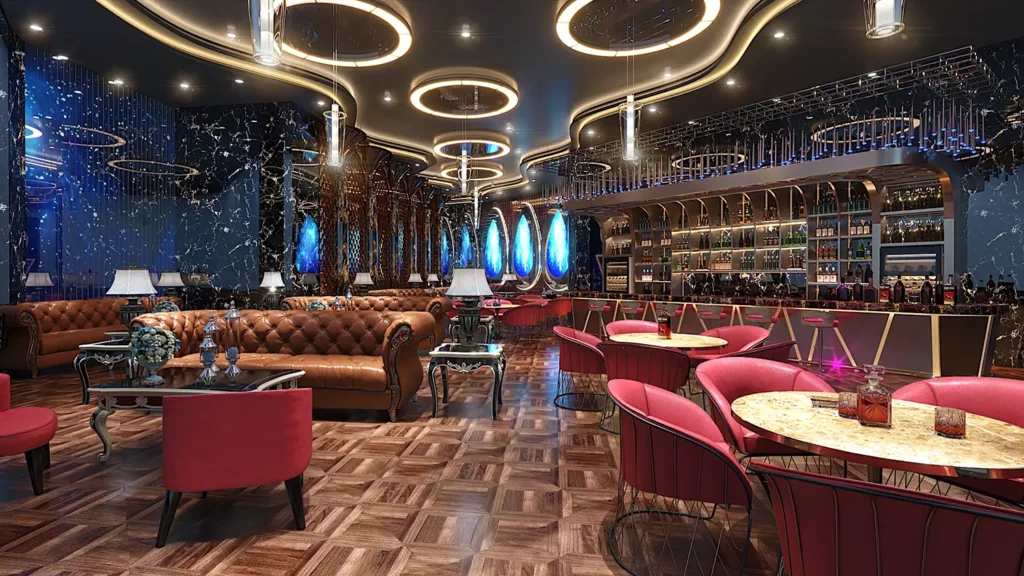

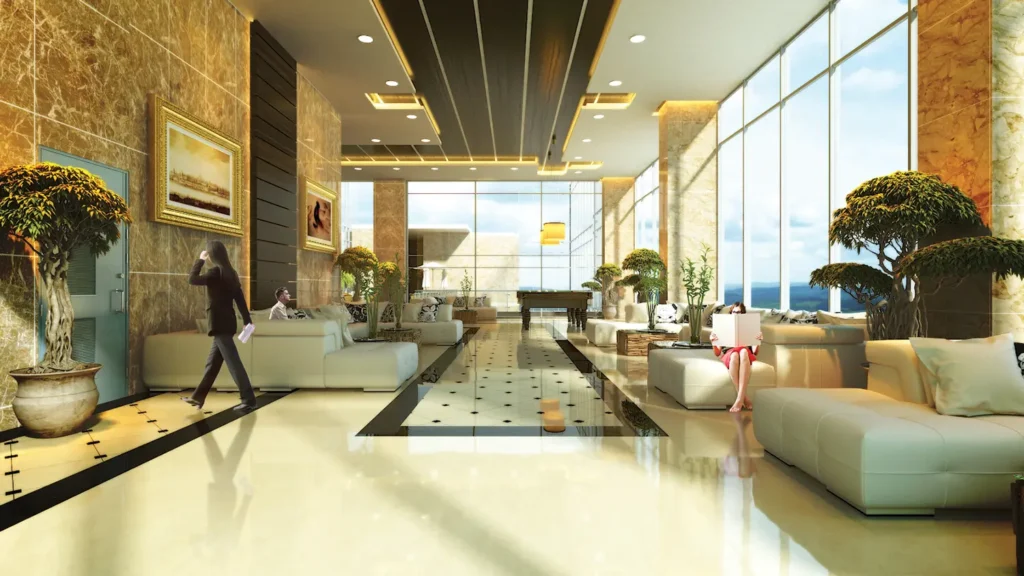
What is Interior Rendering
3D Interior rendering refers to the process of creating realistic visual representations of interior spaces using computer software. It is a crucial tool in architecture, interior design, and real estate development, providing clients and stakeholders with a clear preview of how a space will look once completed.
Key aspects of interior rendering include accurately depicting architectural elements such as walls, floors, ceilings, windows, and doors, as well as furniture, fixtures, lighting, and decor.
Designers use specialized rendering software to model these elements and apply textures, materials, and lighting effects to achieve a high level of realism.
Interior rendering serves multiple purposes in the design process. It helps designers and architects visualize their concepts, make informed decisions about layouts and materials, and communicate their ideas effectively to clients. For clients, it offers a realistic preview of the finished space, aiding in decision-making and ensuring that design expectations are met.
Overall, interior rendering plays a vital role in transforming conceptual designs into tangible visual representations that facilitate planning, communication, and decision-making in interior design and architecture projects
A Comprehensive Overview on Interior Rendering
Interior rendering is a sophisticated digital technique used in architecture and interior design to create lifelike visual representations of indoor spaces before they are constructed.
It involves the use of specialized computer software to model and render interiors with high precision and realism.
The process begins with the creation of a 3D model of the interior space, including architectural elements such as walls, floors, ceilings, doors, and windows. Designers then add furniture, fixtures, lighting, textures, and materials to the model to mimic the intended look and feel of the space.
Advanced rendering techniques are employed to simulate natural lighting, shadows, reflections, and even the ambiance of the environment.
Interior rendering serves several critical purposes in the design and construction industries.
It allows architects and interior designers to visualize their concepts more accurately, experiment with different design options, and make informed decisions about materials and layouts. For clients and stakeholders, it provides a clear and realistic preview of the finished interior, helping to align expectations and reduce misunderstandings during the design phase.
Overall, interior rendering enhances communication, facilitates better design development, and contributes to the overall success of interior design projects by bridging the gap between imagination and reality through compelling visualizations.
Realistic Interior Rendering Techniques
Realistic interior rendering combines artistic vision with technical proficiency. Key techniques include:
- Accurate Lighting: Lighting is crucial. Utilize natural light sources, like sunlight, for daytime scenes and ensure proper placement and type of artificial lights for nighttime. High Dynamic Range Imaging (HDRI) maps can simulate realistic light environments.
- Material and Texture Detailing: High-quality, physically-based rendering (PBR) materials mimic real-world textures and reflectivity. Pay attention to the surface properties such as gloss, roughness, and bump maps to add depth and realism.
- Camera Settings and Composition: Use real-world camera settings, such as depth of field, exposure, and lens types, to create lifelike perspectives. Composition should follow principles like the rule of thirds to guide the viewer’s eye naturally through the scene.
- Attention to Detail: Small details like the texture of fabrics, slight imperfections, and object placement contribute significantly to realism. Props and accessories should be placed thoughtfully to tell a story and make the space feel lived-in.
- Post-Processing: Post-production techniques like color grading, adding subtle lens flares, and adjusting contrast and saturation can enhance the photorealistic effect.
Combining these elements effectively will result in compelling and realistic interior rendering that engage viewers and convey a strong sense of place.
Software Used for Interior Rendering
For interior rendering, several powerful Interior Rendering Software options that are preferred by professionals are as follows
- Autodesk 3ds Max: Coupled with V-Ray or Corona Renderer, it provides robust modeling, texturing, and lighting tools for high-quality visuals.
- Blender: A versatile, open-source option with Cycles and Eevee renderers, suitable for both realistic and real-time rendering.
- SketchUp: Paired with V-Ray, it is user-friendly and efficient for quick, detailed renders.
- Cinema 4D: Known for its intuitive interface and integration with advanced renderers like Redshift and Arnold.
- Lumion: Ideal for real-time rendering and quick turnaround times, offering a library of assets and effects.
These tools cater to different needs, from high-end realism to rapid visualization.
Practices for Interior Rendering Projects
Effective practices in interior rendering projects blend technical skills with creative insights:
- Client Collaboration: Engage with clients early to understand their vision and preferences. Use mood boards and sketches to align on style and expectations.
- Detailed Modeling: Create accurate and detailed models of the space, including furniture, fixtures, and architectural elements. Ensure all dimensions and proportions are true to life.
- Material Realism: Apply high-quality, physically-based materials to surfaces. Pay close attention to the textures and finishes of walls, floors, and furnishings to enhance realism.
- Optimal Lighting: Simulate both natural and artificial lighting accurately. Use techniques like global illumination and soft shadows to replicate how light interacts within the space.
- Refined Composition: Set camera angles thoughtfully to highlight the design’s best features. Consider viewpoints that showcase the space’s functionality and aesthetics.
- Iterative Feedback: Share progress renders with clients regularly for feedback. This ensures alignment and allows for adjustments before the final render.
- Post-Processing Excellence: Utilize post-processing tools for color correction, adding realistic effects like lens flares or bloom, and final touch-ups to achieve a polished look.
These practices ensure a streamlined workflow and produce high-quality, photorealistic renderings.
Trends of Interior Rendering
Interior rendering is continuously evolving, driven by technological advancements and design trends. Key trends include:
1. Real-time Rendering: Tools like Unreal Engine and Lumion enable designers to render scenes instantly, facilitating faster iterations and more interactive client presentations.
2. Virtual and Augmented Reality (VR/AR): These technologies allow immersive experiences, letting clients walk through spaces in a virtual environment or overlay designs onto real-world settings.
3. Photorealism: There’s a growing demand for renderings that are indistinguishable from real photographs. This trend emphasizes the use of advanced lighting, high-resolution textures, and detailed modeling.
4. Sustainable Design: Renderings increasingly feature eco-friendly materials and biophilic elements, reflecting a shift towards sustainability in interior design.
5. AI and Machine Learning: AI tools are being used to automate repetitive tasks, enhance image quality, and even predict and generate design elements based on user preferences.
6. Cloud Rendering: This enables faster rendering times and scalability by leveraging powerful remote servers, making high-quality rendering accessible to more designers.
These trends collectively push the boundaries of what’s possible in interior rendering, making the process more efficient and the results more compelling.
Why To Choose Replica For Interior Rendering Services
Choosing a firm for interior rendering services involves evaluating several key factors:
- Portfolio and Experience: Review the firm’s portfolio to assess their style, quality, and experience with projects similar to yours. Look for diversity in their work and their ability to deliver photorealistic results.
- Client Feedback: Check reviews and request references to understand their reliability, communication, and client satisfaction. Positive testimonials from previous clients can indicate trustworthiness and professionalism.
- Services Offered: Ensure the firm provides comprehensive services, including 3D modeling, texturing, and lighting. Additional offerings like virtual tours or VR experiences can be valuable.
- Quality vs. Cost: Compare quotes from multiple firms. Choose a firm that offers a good balance between quality and price, ensuring they meet your budget without compromising on rendering excellence.
- Communication and Timeliness: Evaluate their responsiveness and ability to meet deadlines. Effective communication and project management are crucial for a smooth process and timely delivery.
These factors will help you select a firm that aligns with your project’s needs and ensures high-quality renderings.
Replica Visuals not just provide Interior Rendering Services in India but also they provide Best Services of Exterior Rendering in India and 3D walk through services in India also vist our Linkedin Page – Replica Visuals for more Information